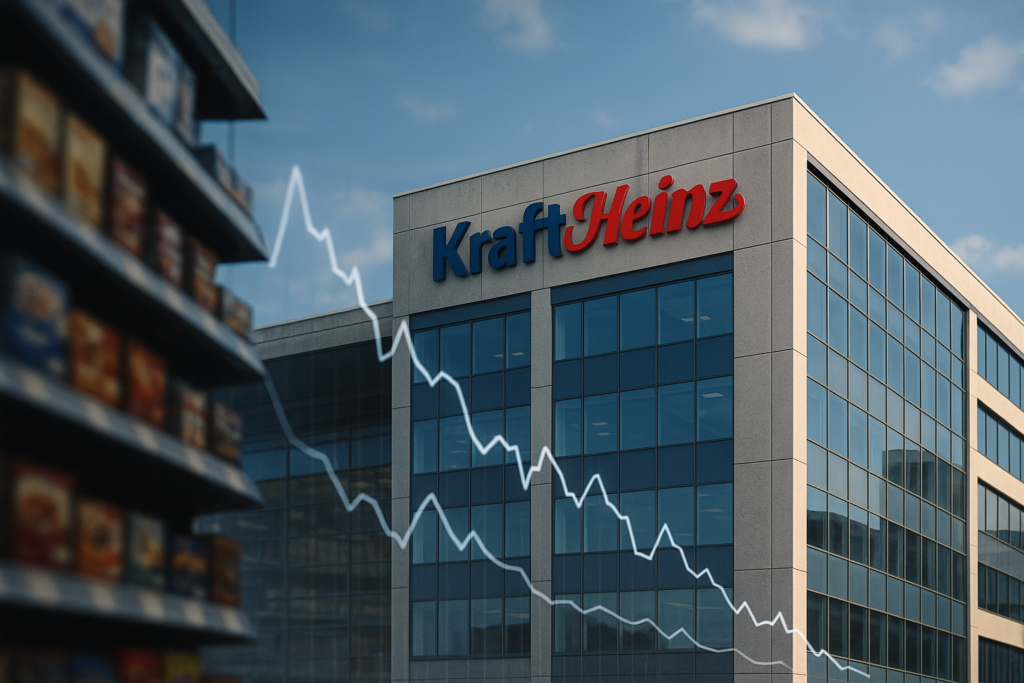Copyright Reuters

ORLANDO, Florida, Nov 10 (Reuters) - The Trump administration scored a surprise win-win this year, as Wall Street boomed while the dollar fizzled. But a repeat next year is unlikely as the root of that sweet spot, dollar hedging, may be missing. A weaker exchange rate is central to President Donald Trump and Treasury Secretary Scott Bessent's vision of restoring the might of U.S. manufacturing, increasing U.S. exports, and narrowing the country's huge trade deficit. Sign up here. The administration got its wish this year, with the dollar index clocking its worst January-June period in more than half a century, plunging as much as 12% at one point, while the S&P 500 shrugged off the 'Liberation Day' tariff chaos in April and soared to new highs. The key ingredient in this unusual mix was dollar hedging. Overseas investors baulked at Trump's economic and foreign policy agendas early into his second term in office, but they still wanted exposure to the artificial intelligence-fueled equity boom. So they hoovered up U.S. stocks, but hedged the currency risk by selling the dollar via derivatives contracts. PEAK HEDGING? The dollar has been broadly steady since June, while Wall Street has moved ever higher, suggesting there may still be sufficient hedging activity capping the dollar's upside. In fact, more than 80% of U.S. equity inflow from abroad is now hedged, according to Deutsche Bank. If true, that suggests there's not much scope to increase. Of course, no official hedging data exists, nor any singular method to measure it, resulting in a wide range of estimates, with Deutsche Bank's approximation at the top end. Strategists at JPMorgan reckon hedging demand has cooled in recent months as the apocalyptic trade war fears of earlier this year have faded and the dollar has stabilized. They analyze net inflows into U.S. equity exchange-traded funds domiciled abroad, assessing what percentage of this capital goes to currency-hedged versus unhedged ETFs. There has been steady demand for both from foreign investors since July, but the flow in dollar terms has been significantly skewed to the much-larger pool of unhedged ETFs. ON THE WANE How will hedging demand shape up next year? If the world's view of the dollar and the U.S. darkens as it did early this year, investors are likely to maintain high hedge ratios, limiting the dollar's upside even if foreign buyers retain their appetite for Big Tech-related equities. On the other hand, the AI-driven 'U.S. exceptionalism' narrative has re-emerged since mid-year. Just look at Nvidia's recent $5 trillion valuation. If the U.S. economy outperforms next year, foreign investors may have little reason to hedge at all. A Bank for International Settlements study in June concluded that "the relative importance of hedging may wane as a driver" for the dollar, and that the U.S. economic outlook is likely to weigh more heavily in investors' minds moving forward. POLICY PARADOX How does this tie in with Trump's economic agenda? This is where things get complicated. While a softer greenback is at the core of Trump's policy, it is also at odds with another administration goal for the coming year - attracting a tidal wave of record investment from overseas governments and corporations into the U.S. that Bessent claims will lift Main Street and Wall Street in tandem. "Trillions and trillions of dollars (are) being poured back into our country by other countries and other places and people," Trump told a business forum in Miami last week, claiming that he has already secured $18 trillion in pledged investment from abroad, which will allegedly rise to $21 trillion. Even if these figures are heavily embellished, there remains a fundamental inconsistency, for Main Street at least. Huge capital inflows should, all else being equal, cause the dollar to appreciate. Hedging is a key reason why the dollar has weakened so much this year even as investors ploughed cash into the U.S. stock market. If this drag on the dollar is removed, but significant capital inflows keep coming, the administration's 'America First' industrial policy has a big problem. (The opinions expressed here are those of the author, a columnist for Reuters) By Jamie McGeever. Editing by Jan Harvey Our Standards: The Thomson Reuters Trust Principles., opens new tab Opinions expressed are those of the author. They do not reflect the views of Reuters News, which, under the Trust Principles, is committed to integrity, independence, and freedom from bias.



